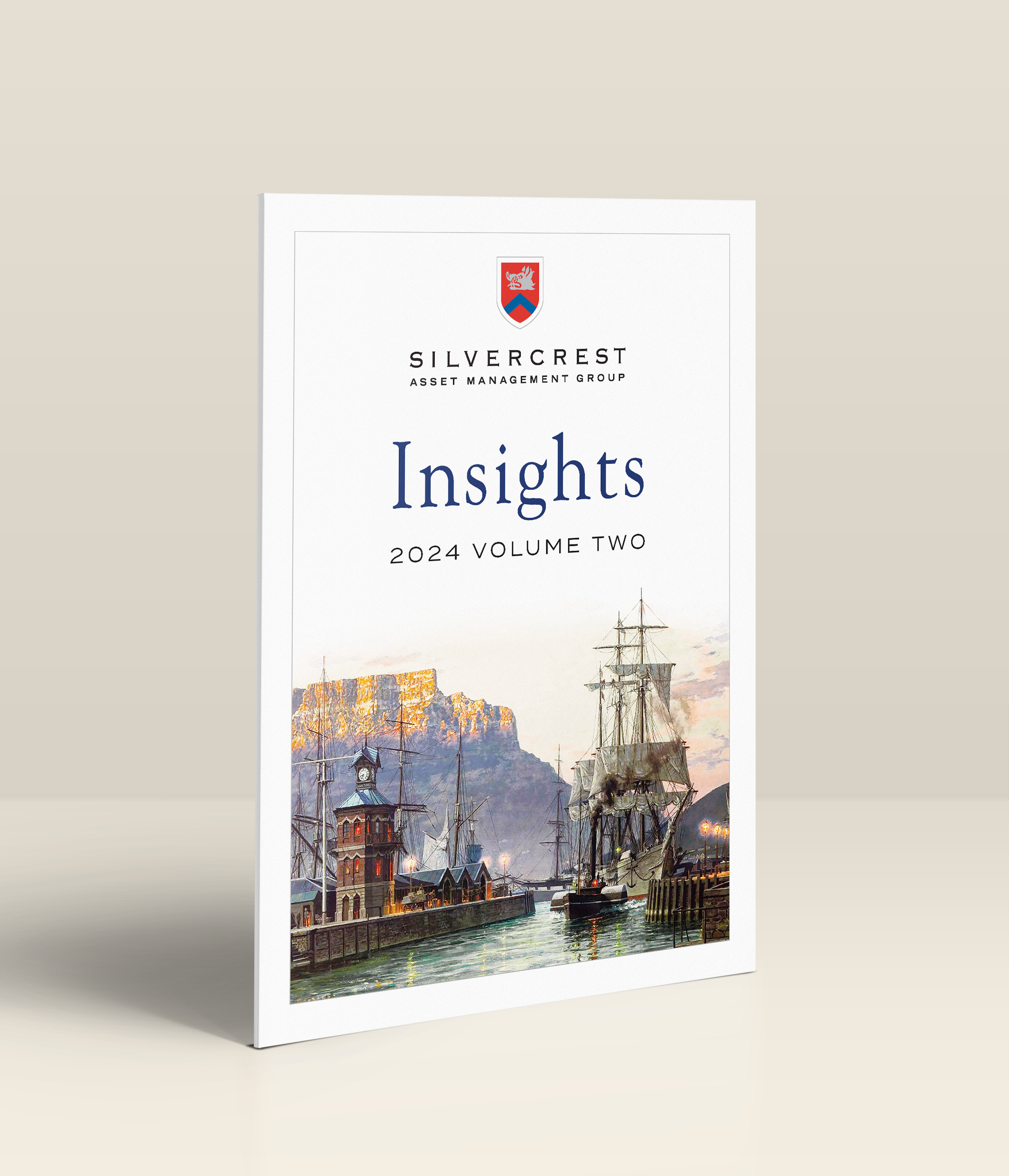Are You in the Driver’s Seat?
Introduction
Imagine a conscientious investor who, eager to support companies aligned with his values, desires to allocate a portion of his portfolio to Environmental, Social, and Governance (ESG) investing. Uncertain how to navigate the unfamiliar landscape, the investor consults his financial advisor, who happens to have the perfect product to meet his needs—an ESG mutual fund. The investor happily agrees, only to discover later that the fund represents a tangled web of conflicting interests that have little to do with his concerns and values, falling short of his initial intent.
This scenario is not uncommon, highlighting the need to recognize that ESG investing is far from a one-size-fits-all approach. Despite much confusion about it, the basic idea of ESG is straightforward. ESG aims to reduce risk factors that can both impact investment performance and align investors with broader societal objectives, thus serving the long-term interests of the public. However, the usual approach to ESG investing often fails to consider that many societal objectives may not align with an investor’s concerns and values. Instead of utilizing a client-centric approach, financial advisors typically fulfill ESG mandates by investing in a basket of securities selected by investment managers who liberally interpret broad mandates developed by ESG-related organizations. This investment philosophy is contrary to a client’s interests because it removes the client from the decision-making process, prioritizing the considerations of these other entities. In contrast, an alternative approach exists—rather than arbitrarily investing in a product chosen by a financial advisor, ESG investing should always begin with the client’s preferences and risk tolerances and end with localized investments tailored to them. By collaborating with wealth managers to craft individualized metrics and assess investments accordingly, investors can truly be in the driver’s seat of their ESG portfolios.
How ESG Products Are “Made”
From an investment standpoint, risk refers to the potential for losses or variations in returns associated with an investment. It is the uncertainty or volatility surrounding the outcome of an investment decision. While different types of investments carry different levels of risk, investments with higher levels of risk should have higher potential returns. ESG investing assesses environmental, social, and governance factors to mitigate the associated risks and promote sustainable business practices. Each pillar covers a wide range of issues,
creating a diverse landscape of considerations for investors.

A complex ecosystem of ESG-related organizations and regulatory bodies creates the web of frameworks that determine these risk factors. Investment managers will then interpret these ESG frameworks to define criteria for their ESG mutual funds and exchange-traded funds (ETFs). Although there is a regulatory push for the standardization of reporting metrics, and many ESG-related organizations provide standards for data and disclosures, most ESG data and disclosures are still self-reported and vary widely. Tools such as MSCI ESG and Sustainalytics enable investment managers to algorithmically analyze this data, creating proprietary ESG scores to screen out securities that do not meet specific criteria.
The Current Status Quo
Regrettably, many financial advisors approach ESG investing from the wrong angle because they fail to account for the unique preferences and risk tolerances of individual clients. The majority recommend the generic investment products described above that screen for criteria informed by remote ESG organizations. These products are often compromised due to inconsistent standards or poor data quality. For example, some investment managers will relax their scoring criteria to include better-performing securities. Additionally, most algorithmic tools still primarily rely on self-reported data that can be incompatible, incomplete, or lack verification. Furthermore, self-reported data creates a major conflict of interest, as companies are incentivized to present their ESG practices in the most favorable light. Some financial advisors side-step these issues with a more selective style, using their own discretion to pick individual securities based on the ESG frameworks defined by ESG-related organizations.
However, both approaches have a fundamental problem: they assume all their clients align with all the concerns and values within the vast web of ESG frameworks. This is an incredibly broad assumption, given the breadth of ESG factors included within these frameworks. Indeed, the status quo ESG investment philosophy is inherently flawed for another reason. Proponents of ESG standards for data and disclosures often envision a standardized system comparable to the International Financial Reporting Standards (IFRS). The IFRS standards provide accounting methodologies, and investors routinely use this standardized data as part of their decision-making process. However, not every standard is universally relevant, and meeting the standards certainly does not prescribe an investment choice. If an investor were to select securities simply because they met IFRS standards, the logical conclusion would be to find an index fund that includes every company under IFRS standards—a ridiculously broad mandate. When creating ESG investment products or portfolios, a focus is placed on a security’s compliance with ESG standards instead of a deeper analysis of how ESG risk factors impact a security’s valuation. As with the IFRS, meeting ESG standards does not guarantee success; investors must consider broader fundamentals, valuation metrics, and market conditions. Ultimately, investment decisions should be made based on risk-adjusted returns rather than being solely driven by standards or scores.
The Alternative Approach of Investor Autonomy
A more effective approach is the client-centric model, where investors have the freedom to choose their own risk appetite and investment objectives. Just as they can increase their risk exposure by investing in a volatile asset class like venture capital, a client should be able to share their input on the risk factors within the ESG spectrum. If an investor has a high-risk appetite or does not consider certain ESG factors as material risks, they may choose to overlook those ESG factors. Therefore, it is crucial to engage in meaningful conversations with clients to understand their unique objectives and tailor ESG investment strategies accordingly. Not all clients care about every risk factor or value associated with ESG.
Some clients may have specific areas of concern, while others may be for or against certain values altogether. By acknowledging and respecting these individual preferences, financial advisors can design ESG portfolios that align with the client’s desired outcomes. The client-centric model does not dismiss the importance of the tools, data, disclosures, reports, frameworks, and standards used in ESG investing. Instead, it suggests that financial advisors should monitor and utilize these resources in-house to narrow the focus and cater to the specific needs of clients. Furthermore, rather than relying solely on arbitrary metrics, the financial advisor crafts bespoke metrics in collaboration with the client, allowing for a granular evaluation of each investment’s impact on the client’s chosen values. These metrics are designed to critically evaluate data from multiple sources, ensuring transparency and reducing the risks associated with
self-reported information.
Conclusion
ESG investing is not a one-size-fits-all approach. Despite a shared overall concern for ESG, the values of individual investors can diverge dramatically within the broader range of each pillar. To fully harness the benefits of ESG, financial advisors must prioritize the client. By engaging in conversations and developing customized ESG strategies, financial advisors empower their clients to make informed decisions that align with their specific aspirations for a sustainable and responsible future. ESG investing should place clients in the driver’s seat, ensuring that their preferences and values guide investment decisions, rather than relying solely on organizational standards or generic approaches.





